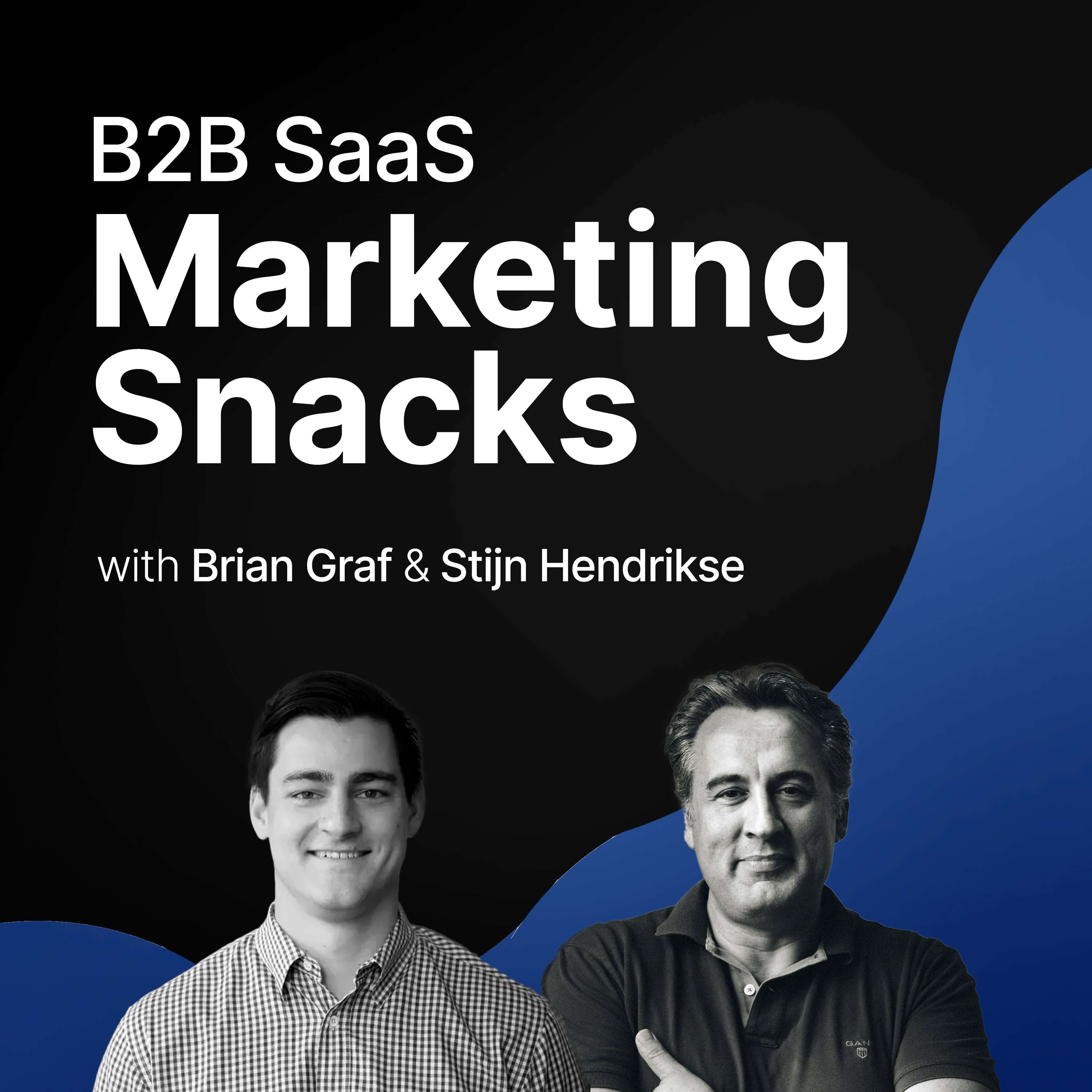52 - Make your sales forecasts more predictable
Description
Many sales forecasts are inaccurate. Let's make yours more predictable:
1. Ground your projections in actual data instead of feelings.
Many forecasts are based on opinion rather than actual data. If you’ve been in business for 3 or more months, you likely have access to data you can use. Let’s say you had 20 demos and 2 closed-won deals in the past three months—with this information, you can start to build a picture of your conversion rates. Roughly 10% of your demos convert to closed-won deals. And you can use that number as a starting point to calculate pipeline stage probabilities and weighted pipeline metrics based on actual historical data.
2. Maintain good deal stage hygiene.
Data hygiene always suffers when changes are made to pipeline stage names, conversion rate assumptions, or entry/exit criteria. This typically happens when sales or marketing leadership changes. If a stage is added or removed, it can have many downstream effects on reporting and conversion rate assumptions. The best way to avoid this is by being thoughtful and deliberate when building your deal stages—and sticking to them. Here are some best practices for deal stage setup:
Only keep the necessary stages. 3–7 stages should cover most B2B scenarios. Too many stages can make upkeep harder for your sales team.Don’t allow for "parking lot" stages. Don't create stages that collect stalled deals. A typical example of this is “Discovery call no-show.” Instead of a unique deal stage, that should be converted to a property with a Yes/No value.Make stage entry/exit criteria discrete. Binary (yes/no) criteria should determine deal entry into each stage. For example, “Stage 1: Demo call scheduled” is clear, well-defined, and verifiable. A deal can only enter this stage if a prospect has a scheduled demo call calendar event with your sales rep. This is much more concrete than Stage 1: “Demoing,” which leaves room for ambiguity and subjective interpretation.Deals should only travel in one direction. Deals should never move backward in your funnel—you can’t ‘un-present’ a demo or proposal. Install rules to close out stalled deals (which inflate your pipeline), but never move deals backward.Percentage closure forecasts from stage to stage should be meaningful. For example, if a deal moves from Stage 1 to Stage 2, the change in the forecasted close rate should be significant—15% or more. If the forecast difference between two different stages is small (5%–10%), consider combining them into a single stage.Hold salespeople accountable for accurate data. What often seems like unimportant data entry has important implications for analyzing your marketing efforts, funnel dynamics, and ICP strategies.____
Links shared in this episode:
Stijn Hendrikse - A guide to sales strategy & performance management Stijn Hendrikse - How to coach B2B sales teamsMike Northfield - How to define an MQL for B2B SaaSTemplate - Define your marketing and sales lifecycle stagesT2D3 CMO MasterclassSubmit and vote on our podcast topics
More Episodes
If your B2B SaaS company is sales-led, building the right partnership program can rapidly accelerate your growth and long term success.
But not every software company succeeds at partnership marketing! If you have a lack of resources, not enough strategy or just poor execution and enablement,...
Published 11/16/24
The B2B SaaS buying journey isn’t linear – it is much more complicated than that.
At any one time, only 5% of your addressable market is actively in-market and seeking a solution. These prospects are ready to click that “schedule a demo” button after seeing your paid search ad or visiting your...
Published 11/11/24
Published 11/11/24


